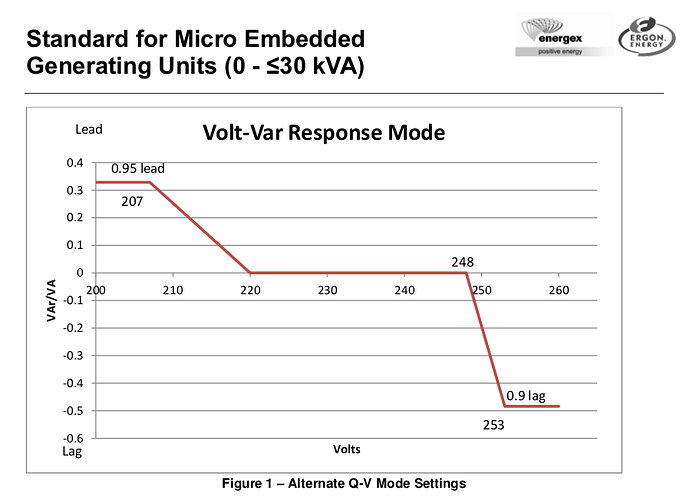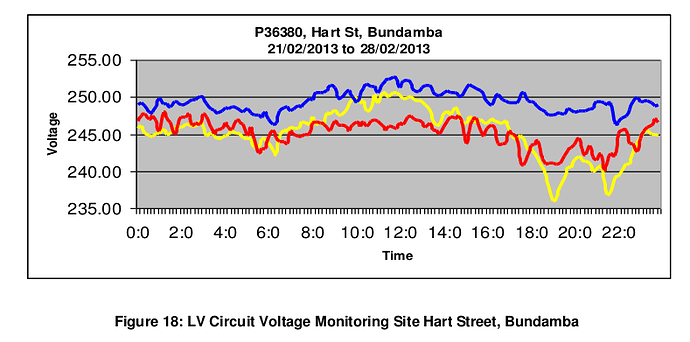As resellers of the IotaWatt we would like to make clear our view of the accuracy of the IotaWatt.
The majority of users will likely get very good results from IotaWatt and we believe it is a great product.
Many of the points raised on the forum regarding limitations of the derived voltage reference for 3-phase monitoring, CT sensor, AC-AC adapter and other component tolerances are also true for the EmonTx and EmonPi. We are open about this.
E.g in our discussion on accuracy earlier the year and linked emontx learn page: OpenEnergyMonitor 9th of March 2018 meeting summary
Without calibration an IotaWatt using the same CT sensors and ACAC Voltage adapters that we supply through our shop are subject to the same errors resulting from these components as the EmonTx is.
The IotaWatt does have a higher resolution ADC and higher frequency sample rate, this is an improvement on the EmonTx, but its not possible for these factors to reduce the error associated with the sensors & components.
Calibration
Error’s associated with sensor and component tolerance can be reduced with calibration. Both the IotaWatt and EmonTx can be calibrated to improve accuracy:
- IotaWatt Documentation: Reference Voltage Calibration
- OpenEnergyMonitor Learn: Calibration Procedure (EmonTx/EmonPi)
Other factors that can impact overall system accuracy include but are not limited to:
-
The amount of time spent sampling each CT channel per reading. The IotaWatt samples each CT channel for more time that the standard EmonTx discreet sampling firmware but less time that the EmonTx Continuous Sampling firmware. The amount of time spent sampling each channel on the Iotawatt is proportional to the number of CT’s and other activity such as WIFI.
-
Whether the unit calculates cumulative kWh at the ‘source’ (the unit itself) or at the destination, e.g: emoncms. Calculating cumulative kWh at the source removes errors that result from communication outages or any emoncms server downtime. The IotaWatt calculates cumulative kWh at the source, while the standard EmonTx approach to date uses the latter. We are working however to move to calculation at the source as part of the EmonLibCM firmware.
-
Use of derived voltage reference in 3 phase monitoring: Because the voltage of only one phase can be measured, the sketch must assume that the voltages of the other two phases are the same. This will, in most cases, will not be strictly true (see our Learn 3-phase page for explain why), therefore the powers calculated and recorded will be less accurate. Many users will likely find this approach sufficient, we use the same approach for the non-hardware modified emontx three-phase firmware. However, as @dBC highlights there can be situations where the error can be significant. Using per phase voltage measurement as supported by the IotaWatt ‘Direct three-phase’ can help mitigate this.
The IotaWatt and EmonTx are both designed for indicative energy monitoring, neither are designed to be revenue grade. We would like to improve on our understanding of accuracy over time as well as providing options for those keen to obtain higher accuracy measurements such as higher accuracy CT sensors and voltage measurement options.
Both the emonTx and IoTaWatt have merits for particular applications that go beyond a discussion of accuracy e.g
IoTaWatt advantages over emonTx:
- Number of CT channels
- Ease of setup
- Support for multiple CT sensor models
- User friendly calibration process
- Over-the-air firmware updates
- Support for multiple AC-AC voltage sample source
emonTx advantages over IoTaWatt:
- Support for optical pulse sensor
- Support for multiple temperature sensor
- Battery operation option
- Can be powered by single AC-AC adapter (additional 5V DC adapter not required)
- Multiple emonTx can be used with a single emonBase which can also support emonTH remote temperature sensing
- WiFi signal not required at consumer unit

